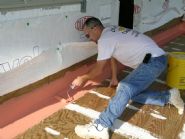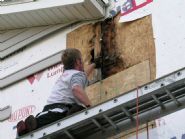
Construction Process: Windows and doors

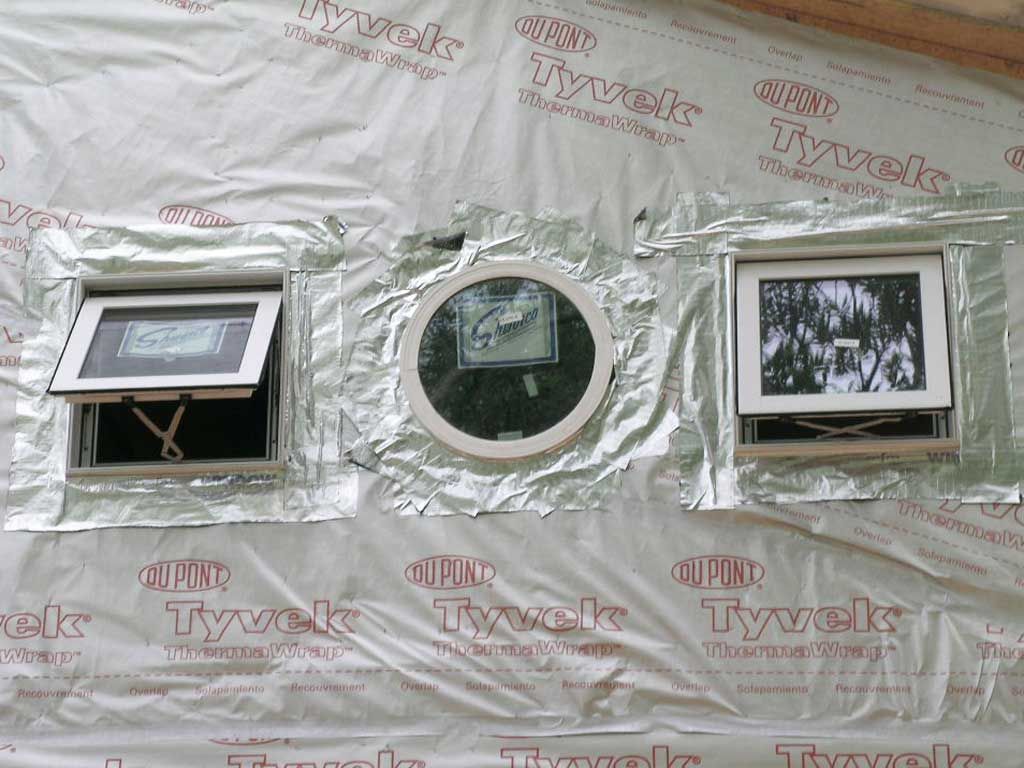
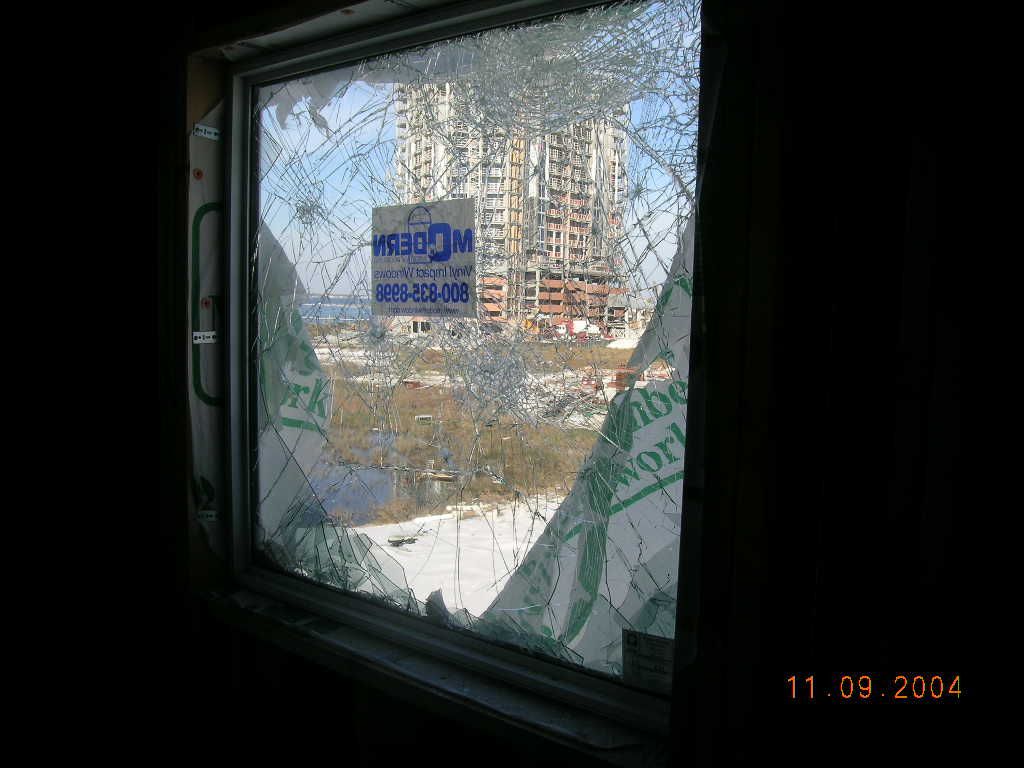
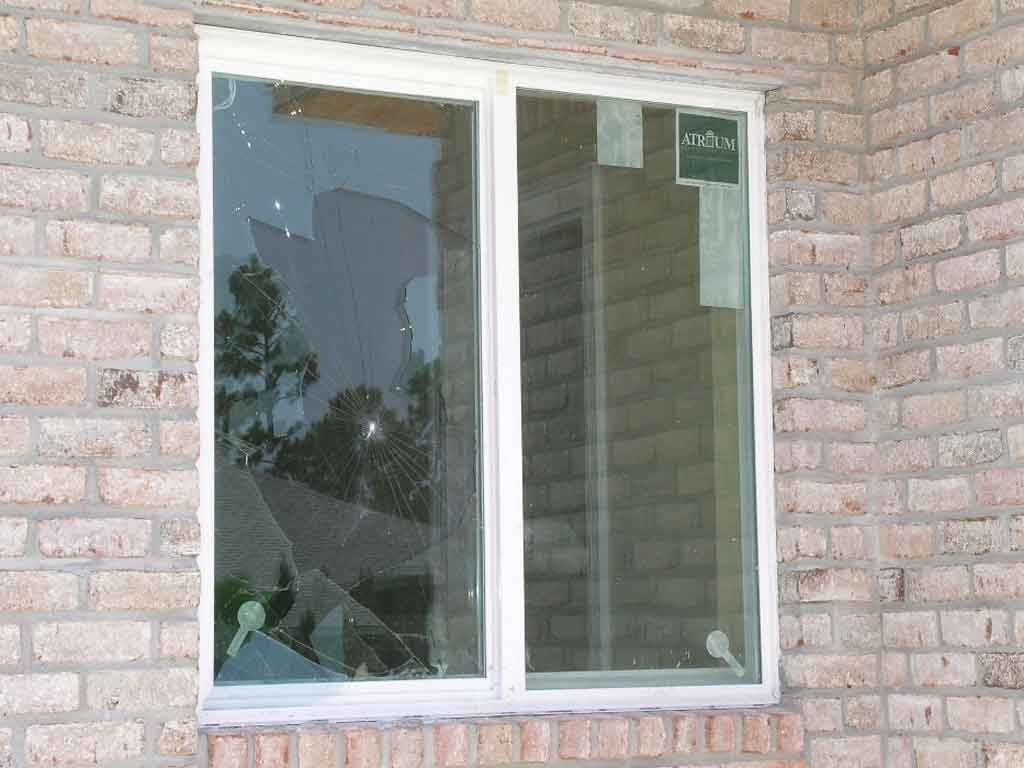


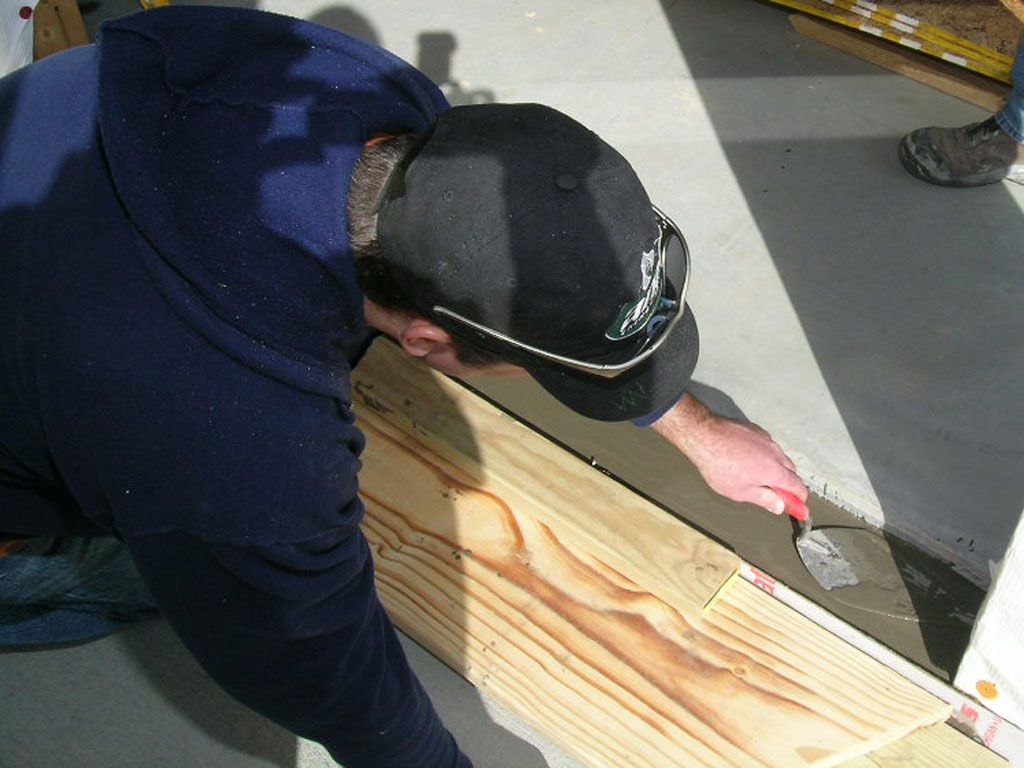


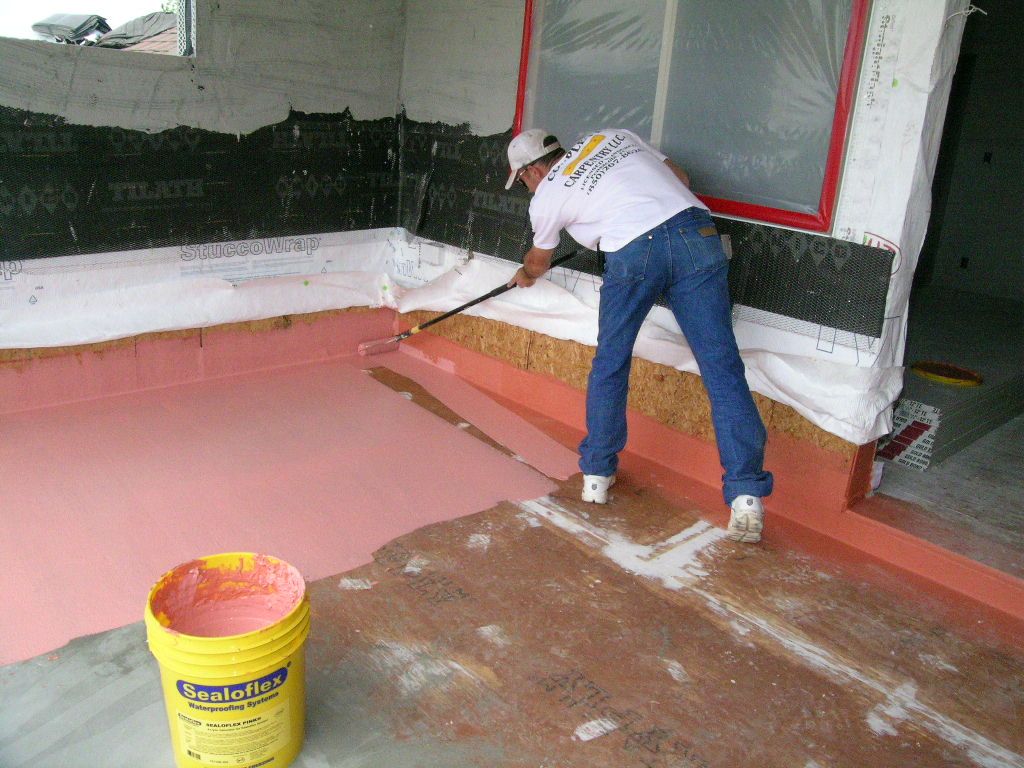
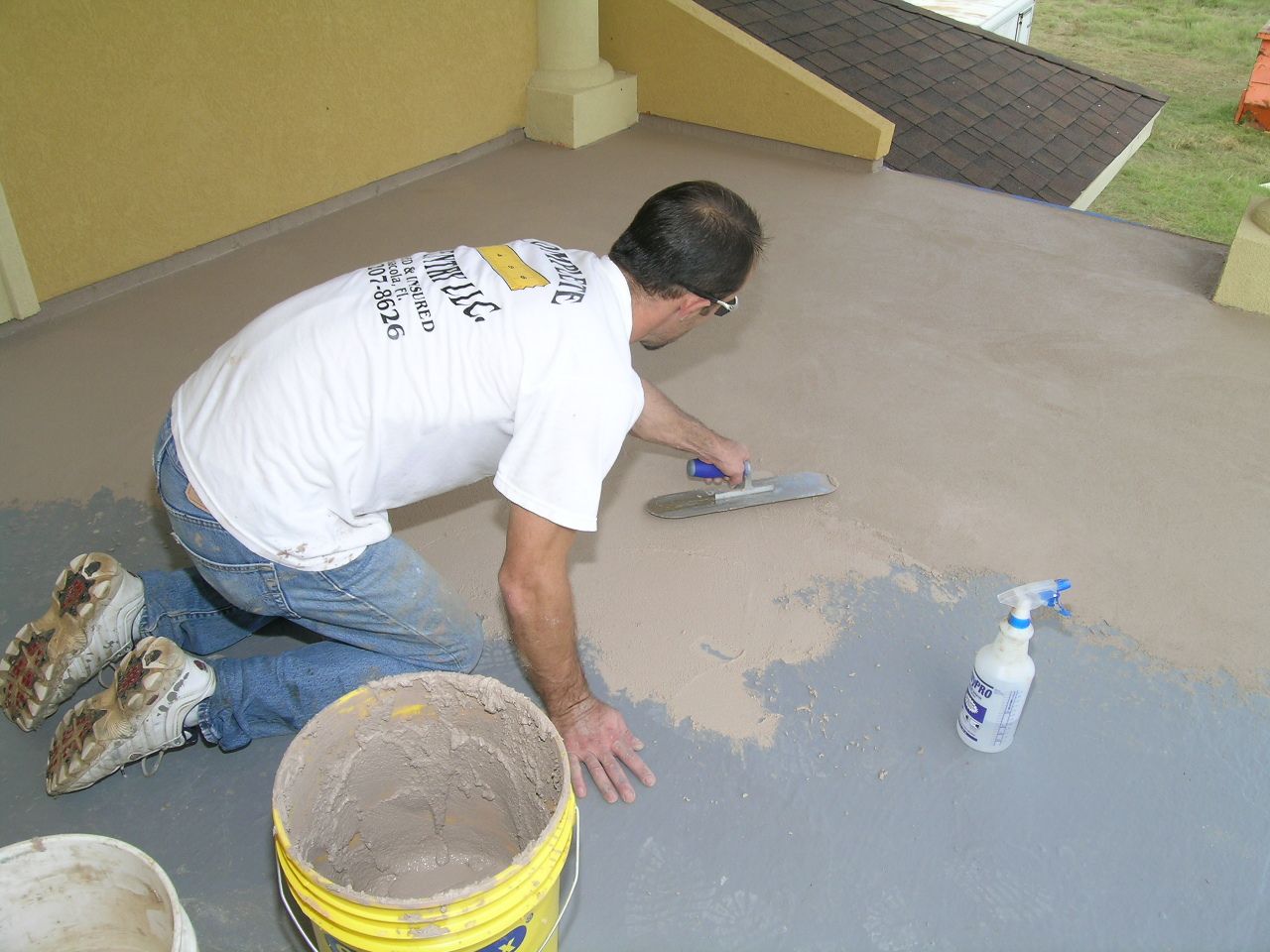
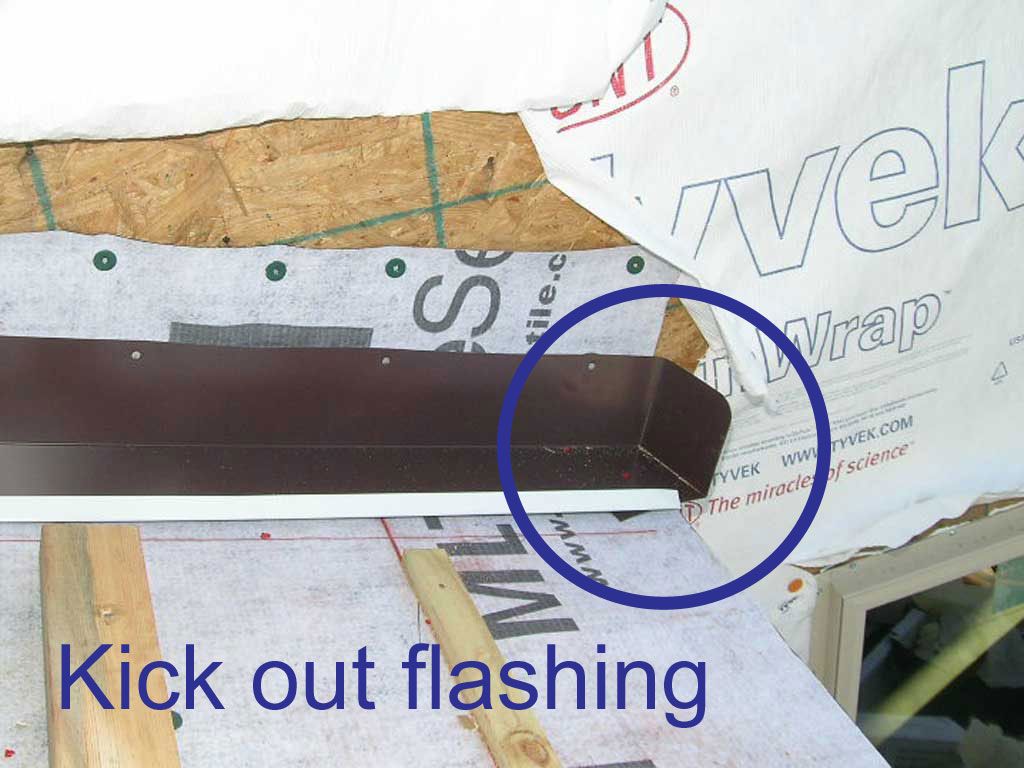

This is a properly installed window. The first layer of flashing tape goes on the wood sill and laps under the bottom flange of the window. The window flanges are caulked on 3 sides, not the bottom flange. Flanges are screwed to the wall on all 4 sides. Flashing tape on the sides and top, not the bottom. Top tape is tucked behind the drain wrap and all cuts in the house wrap are taped closed. Each piece of this assembly is lapped downward so any potential water intrusion flows down and continuously outward to the outside of the secondary rain barrier instead of being trapped in the wall and causing the wood rot to rot out.
This is the WRONG way to seal and flash windows. I see this all the time. Taped all 4 sides, not lapped under the house wrap, flex tape not used on the round window. Any potential water intrusion around or above the windows will likely be trapped and promote wood rot. The manufacturer will not warranty this installation because it does not follow the instructions.
This is why impact glass windows are so important. This window is on the second floor of a beach house where putting up storm shutters would be difficult. A piece of debris hit this wall so hard during hurricane Ivan that it cracked two 2x6 wall studs and shattered the window. The window held and no internal damage occurred.
Impact glass windows: The lazy man's storm panels.
Elevated decks are a vulnerable place on any building, particularly at the wall joints. Darin is applying a rubberized coating to cloth flashing tape which goes up the wall and behind the drain wrap. This is where you have to slow down and do it right otherwise there will be water intrusion, extensive damage, and expensive repairs down the road.
Darin rolls on a rubberized deck coating to seal the deck. Note how the flashing system rolls into the doorway before the door is installed.








